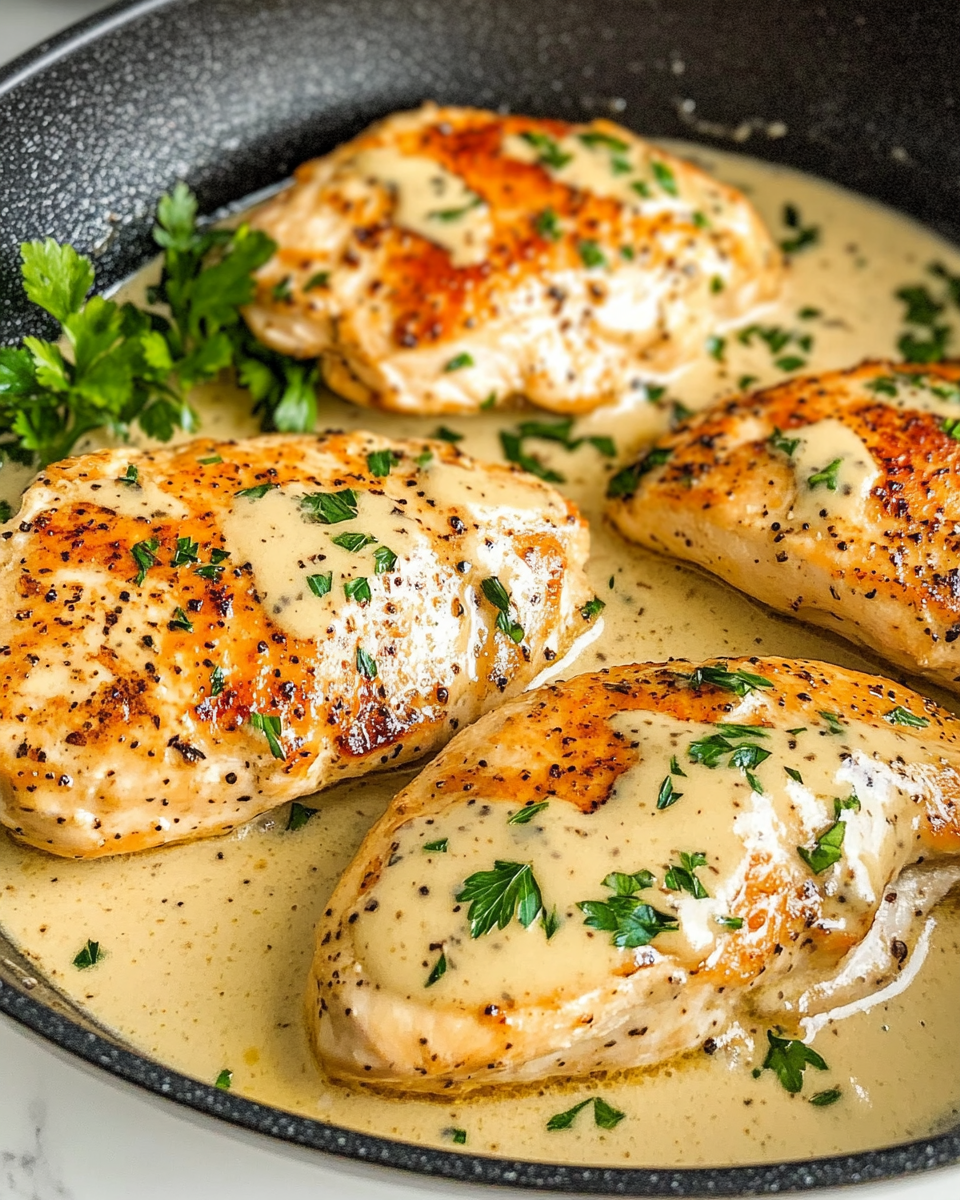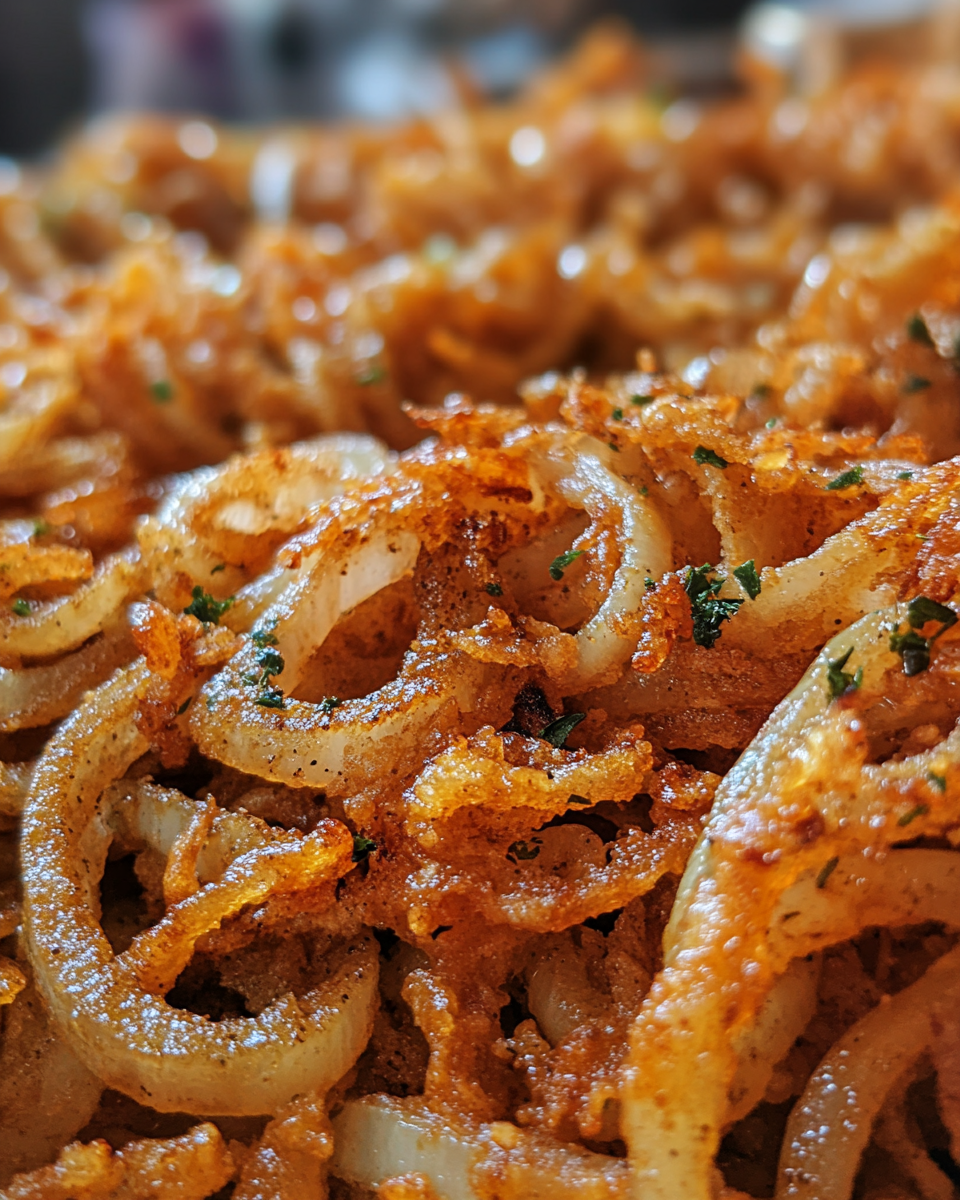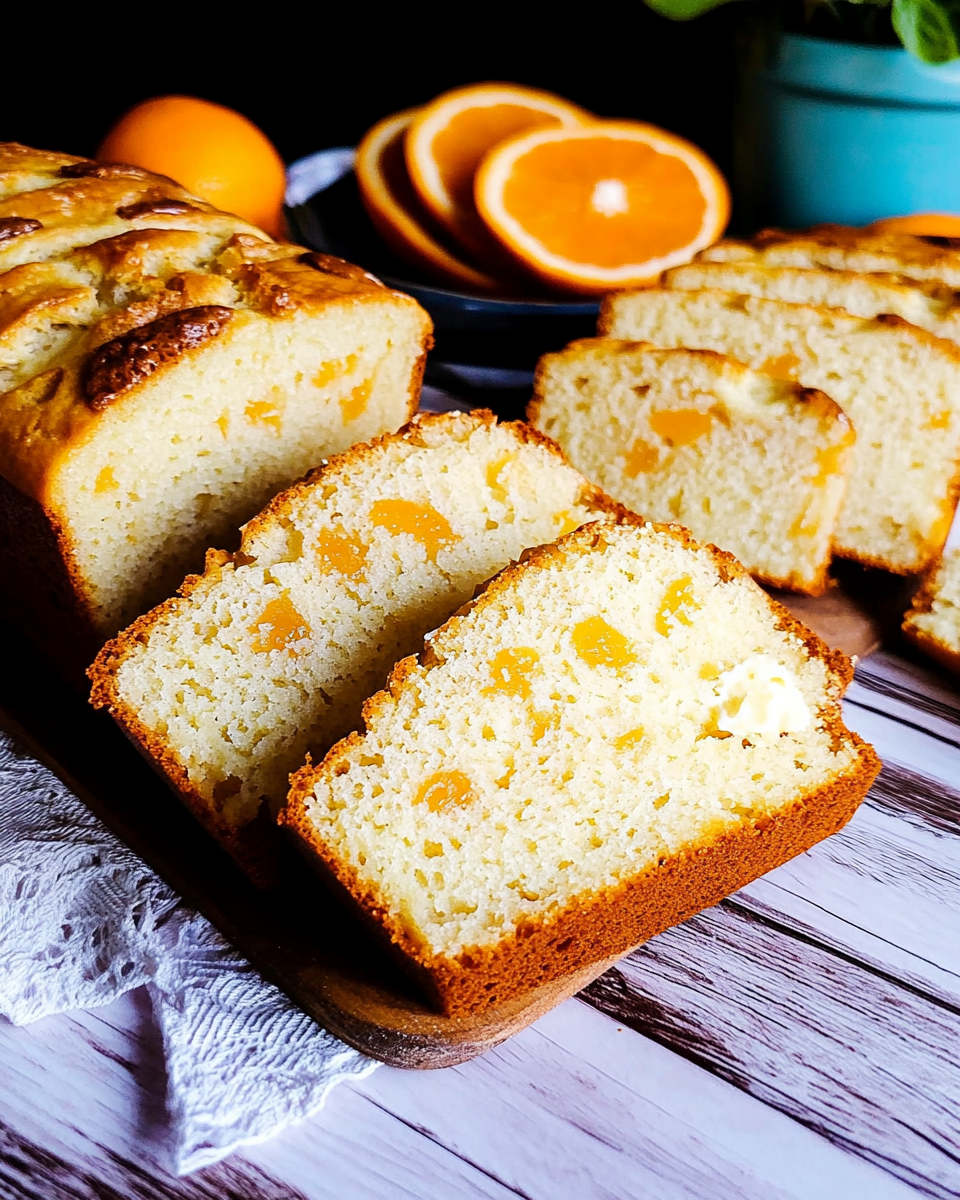Tapioca Pudding: A Classic Creamy Dessert
Tapioca pudding is a classic, creamy dessert made with tapioca pearls, milk, sugar, and often eggs. Its distinctive chewy texture and subtle sweetness have made it a favorite treat for generations. Whether you’re looking for a traditional recipe or want to explore fun variations, this article will guide you through everything you need to know about making tapioca pudding at home.
For another comforting dessert, check out our Banana Pudding, a sweet, Southern staple that pairs well with tapioca pudding for a nostalgic dessert spread.
What Is Tapioca?
Tapioca comes from the starch of the cassava root, a plant native to South America. It’s used in various forms worldwide, from tapioca flour to pearls, and is known for its thickening properties in puddings and pie fillings.
Tapioca Pearls and Their Role in Pudding
The pearls are made from tapioca starch and are typically small, white balls that turn translucent when cooked. These pearls give tapioca pudding its unique chewy texture, which sets it apart from other custard-based desserts like Peach Cobbler.
Benefits of tapioca:
- Gluten-free: Tapioca is naturally gluten-free, making it a great dessert option for those with dietary restrictions.
- Simple ingredients: You only need a few pantry staples to make tapioca pudding—pearls, milk, sugar, and eggs.
Key Ingredients for Tapioca Pudding
Here’s what you’ll need to make the classic tapioca pudding recipe:
- Tapioca Pearls: Small, large, or quick-cooking pearls can be used depending on your preference.
- Milk: Whole milk is typically used, but you can substitute with coconut or almond milk for a dairy-free version.
- Sugar: The primary sweetener in the pudding.
- Eggs: Used to thicken the pudding and add richness.
- Vanilla Extract: Enhances the flavor of the pudding.
For a delicious twist on pudding, try adding fresh fruit like in this Apple Cranberry Walnut Salad, which adds a tart contrast to the creamy pudding.
Step-by-Step Guide to Making Tapioca Pudding
1. Preparing the Tapioca Pearls
Before starting, soak the tapioca pearls in water for 30 minutes. This step helps soften the pearls and reduces the overall cooking time. If you’re using instant tapioca, you can skip the soaking process.
2. Cooking the Pudding
Follow these simple steps to make the perfect tapioca pudding:
- Step 1: In a medium saucepan, combine milk, soaked tapioca pearls, and sugar. Heat the mixture over medium heat, stirring constantly to prevent the milk from scorching.
- Step 2: Once the mixture reaches a simmer, reduce the heat to low and cook until the pearls become translucent and the mixture thickens.
- Step 3: Whisk in the eggs and vanilla extract, cooking for another 5 minutes to ensure the eggs are fully incorporated.
- Step 4: Remove from heat and let the pudding cool to room temperature before serving.
3. Slow Cooker Tapioca Pudding
For a hands-off method, you can use a slow cooker to make tapioca pudding:
- Step 1: Add tapioca pearls, milk, sugar, and vanilla to the slow cooker.
- Step 2: Cook on low for 2-3 hours, stirring occasionally.
- Step 3: Stir in beaten eggs during the last 30 minutes of cooking to thicken the pudding.
- Step 4: Let it cool and serve with fresh fruit or a dollop of whipped cream.
Variations of Tapioca Pudding
Coconut Tapioca Pudding
If you’re a fan of coconut, substitute half or all of the milk with coconut milk. This gives the pudding a tropical flavor and a creamy texture. Coconut tapioca pudding is especially delicious when topped with toasted coconut flakes.
Chocolate Tapioca Pudding
For a decadent twist, add cocoa powder or melted chocolate to the pudding. Chocolate tapioca pudding is rich and indulgent, perfect for chocolate lovers.
Fruit-Infused Tapioca Pudding
Incorporating fruit into your tapioca pudding adds freshness and a burst of flavor. Try stirring in mango, berries, or peaches during the last few minutes of cooking for a fruity variation.
Looking for more comforting, rich desserts? Try our recipe for Raspberry Lemon Bars as a sweet treat to follow your tapioca pudding.
Best Ways to Serve Tapioca Pudding
Tapioca pudding is versatile and can be enjoyed warm or chilled. Here are a few ways to serve it:
- Warm: Serve the pudding warm with a drizzle of caramel or chocolate sauce for a cozy dessert.
- Chilled: For a refreshing summer treat, chill the pudding in the refrigerator and top with fresh berries or tropical fruit.
- Layered: Create a layered parfait with tapioca pudding, whipped cream, and fruit for a visually appealing dessert.
For a more filling meal option, pair tapioca pudding with a hearty dish like Ham and Potato Casserole for a balanced dinner followed by dessert.
Nutritional Information and Healthier Alternatives
Nutritional Breakdown
Tapioca pudding is relatively low in fat and calories but does contain sugar and carbohydrates from the tapioca pearls. Here’s a basic nutritional breakdown for a typical serving:
- Calories: 200-250 per serving (1 cup)
- Carbohydrates: 35-40g
- Protein: 6-8g
- Fat: 6-8g
Healthier Substitutes
To make tapioca pudding healthier, you can modify the ingredients:
- Dairy-Free: Substitute regular milk with almond or coconut milk to make a dairy-free version.
- Lower Sugar: Replace refined sugar with natural sweeteners like honey or maple syrup to reduce sugar content.
- Vegan: Omit the eggs and use cornstarch as a thickener for a vegan-friendly version.
FAQs About Tapioca Pudding
1. Can I use quick-cooking tapioca instead of pearls?
Yes, quick-cooking tapioca is a convenient substitute, but it results in a smoother, less chewy pudding compared to using tapioca pearls.
2. How long does tapioca pudding last in the fridge?
Tapioca pudding can be stored in the refrigerator in an airtight container for up to 5 days. Stir before serving to restore its creamy texture.
3. Can I freeze tapioca pudding?
While you can freeze tapioca pudding, it may change in texture when thawed. For best results, enjoy it fresh or after refrigerating.
4. Why did my tapioca pudding curdle?
Curdling can happen if the pudding is cooked at too high a temperature. To prevent this, cook the pudding over low heat and stir constantly.
Conclusion: A Classic Dessert for All Occasions
Tapioca pudding is a timeless dessert that’s easy to make and endlessly customizable. Whether you prefer it warm or chilled, with coconut or chocolate, this pudding offers a versatile base for experimentation. Give this simple recipe a try and discover why it has been a beloved treat for generations.
For another comforting dessert, check out our No-Bake Pumpkin Cheesecake, a fall favorite that pairs beautifully with the creamy texture of tapioca pudding.




